Home>Gardening & Outdoor>Landscaping Ideas>What Is Dollar Spot In Lawns
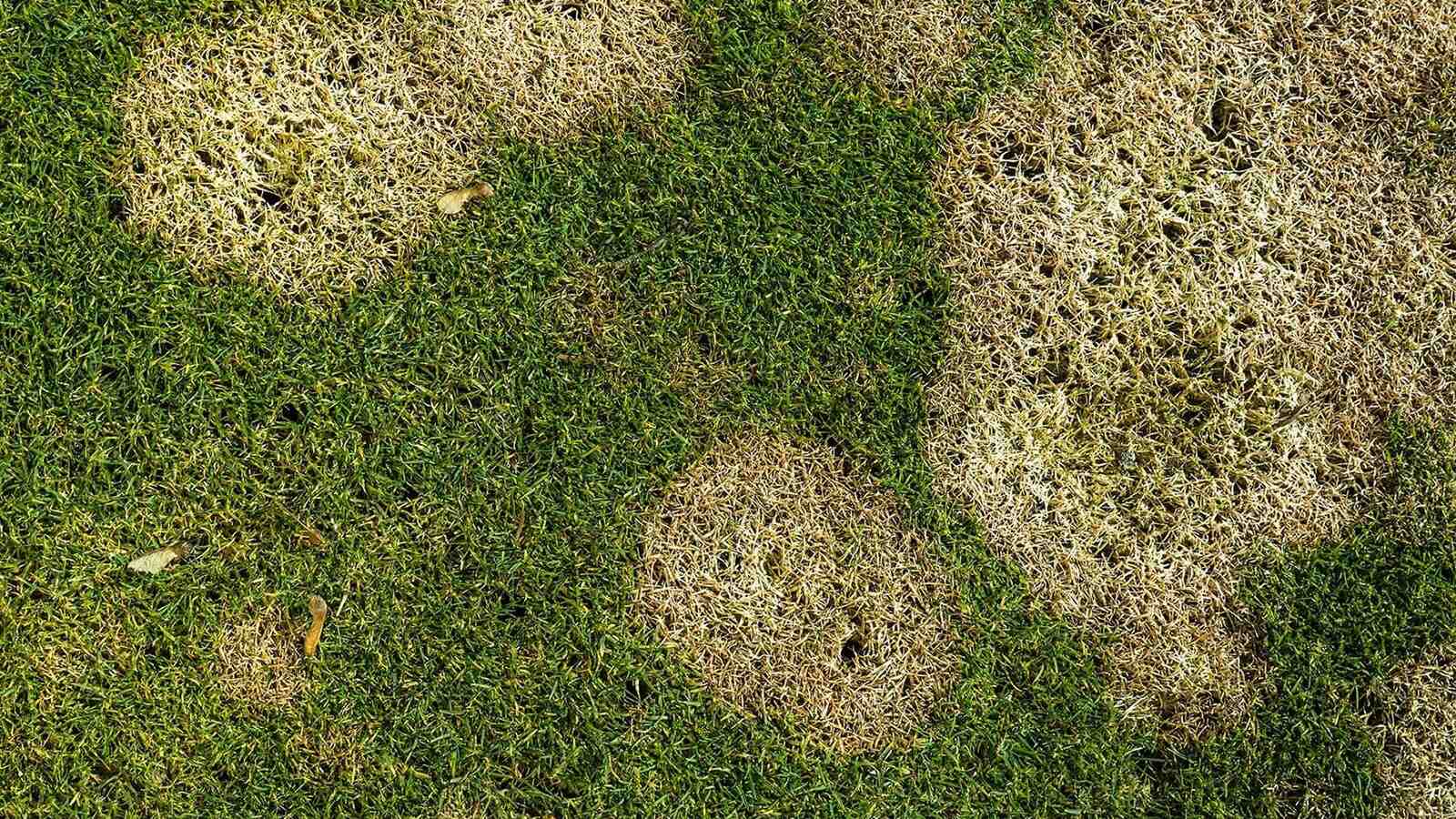

Landscaping Ideas
What Is Dollar Spot In Lawns
Published: December 25, 2023
Learn how to prevent and treat dollar spot in lawns with effective landscaping ideas. Keep your lawn healthy and green with our expert tips.
(Many of the links in this article redirect to a specific reviewed product. Your purchase of these products through affiliate links helps to generate commission for Storables.com, at no extra cost. Learn more)
Introduction
Landscaping enthusiasts and homeowners alike take great pride in maintaining lush, green lawns that serve as inviting outdoor spaces for relaxation and recreation. However, despite their best efforts, they may encounter various challenges in preserving the health and aesthetics of their lawns. One such obstacle is the development of dollar spot, a common lawn disease that can compromise the visual appeal and vigor of grassy areas.
Understanding the nature of dollar spot and its impact on lawns is essential for effective prevention and management. This article aims to provide valuable insights into this prevalent lawn issue, including its identification, causes, and strategies for prevention and treatment. By delving into the intricacies of dollar spot, readers can equip themselves with the knowledge needed to maintain vibrant, disease-free lawns that serve as the envy of the neighborhood.
Key Takeaways:
- Dollar spot is a common fungal disease that creates small, circular spots on grass, affecting the lawn’s appearance. Understanding its causes and preventive measures can help maintain a healthy, vibrant lawn.
- Early identification of dollar spot and implementing targeted treatments, such as fungicidal applications and promoting lawn health, are crucial for combating this fungal disease and preserving lush, disease-free lawns.
Read more: What Causes Brown Spots On Lawns
Understanding Dollar Spot
Dollar spot, scientifically known as Sclerotinia homoeocarpa, is a fungal disease that commonly affects turfgrasses, particularly those in residential and commercial lawns, golf courses, and parks. This widespread lawn affliction is characterized by the formation of small, circular spots that resemble silver dollars, hence its name. These spots typically range from the size of a silver dollar to that of a coffee mug, and they can merge to form larger affected areas if left unchecked.
The development of dollar spot is often influenced by specific environmental conditions, including prolonged periods of leaf wetness, high humidity, and moderate temperatures ranging from 59 to 86 degrees Fahrenheit. These factors create an ideal breeding ground for the dollar spot fungus, allowing it to thrive and spread rapidly within susceptible turfgrass species.
It’s important to note that different grass species exhibit varying levels of susceptibility to dollar spot. For instance, fine fescues and perennial ryegrasses are highly vulnerable to this fungal disease, while Kentucky bluegrass and tall fescues are relatively more resistant. Understanding the susceptibility of the grass species in a particular lawn can aid in implementing targeted preventive measures and treatment strategies.
Furthermore, the lifecycle of the dollar spot fungus involves the production of mycelium, which grows within the affected grass blades and gives rise to characteristic white or cobweb-like structures. These mycelial masses are often visible in the early morning when dew is present, providing a visual indication of the presence of dollar spot in the lawn.
By comprehending the nature of dollar spot and its behavior within turfgrasses, homeowners and landscaping enthusiasts can proactively address this issue and safeguard the health and beauty of their lawns. The next section will delve into the identification of dollar spot, enabling readers to discern its manifestations and distinguish them from other lawn problems.
Identifying Dollar Spot
Recognizing the early signs of dollar spot is crucial for implementing timely intervention and preventing its escalation. When inspecting a lawn for potential dollar spot infestation, individuals should pay attention to several distinctive characteristics that differentiate this fungal disease from other lawn issues.
The primary visual indicator of dollar spot is the presence of small, circular, straw-colored spots on the grass blades. These spots typically range from the size of a silver dollar to that of a coffee mug, and they may exhibit a bleached or sunken appearance. As the disease progresses, these individual spots can coalesce, forming larger affected areas that detract from the overall aesthetic appeal of the lawn.
Moreover, the affected grass blades may develop characteristic lesions or streaks, further aiding in the identification of dollar spot. These lesions often manifest as tan or light brown streaks across the grass blades, contributing to the distinct visual pattern associated with this fungal disease.
During the early morning or periods of high humidity, the presence of white or cobweb-like mycelial masses on the affected grass blades serves as a definitive sign of dollar spot. These mycelial formations are a key diagnostic feature, providing clear evidence of the fungal activity within the turfgrass.
It’s important to note that the manifestation of dollar spot can vary based on the specific grass species present in the lawn. While fine fescues and perennial ryegrasses are highly susceptible and may exhibit pronounced symptoms, Kentucky bluegrass and tall fescues may display milder indications of the disease.
By carefully observing the lawn for these telltale signs, individuals can accurately identify the presence of dollar spot and take proactive measures to address the issue. The subsequent section will explore the underlying causes of dollar spot, shedding light on the factors that contribute to its development and spread within turfgrasses.
Causes of Dollar Spot
The development and proliferation of dollar spot within turfgrasses are influenced by a combination of environmental conditions, cultural practices, and the inherent characteristics of the grass species. Understanding these contributing factors is essential for implementing targeted preventive measures and effectively managing the prevalence of dollar spot in lawns.
One of the primary catalysts for dollar spot is prolonged leaf wetness, which creates an environment conducive to fungal growth and activity. When grass blades remain moist for extended periods, particularly during periods of high humidity or frequent irrigation, the risk of dollar spot infestation significantly increases. Consequently, optimizing irrigation practices to minimize leaf wetness and promoting adequate air circulation can mitigate the favorable conditions for dollar spot development.
Moreover, moderate temperatures ranging from 59 to 86 degrees Fahrenheit create an optimal climate for the dollar spot fungus to thrive. This temperature range, coupled with high humidity, provides an ideal breeding ground for the disease, allowing it to spread rapidly and affect vulnerable turfgrasses. In regions characterized by these temperature and humidity patterns, proactive measures such as proper lawn maintenance and targeted fungicidal applications are crucial for preventing and managing dollar spot.
In addition to environmental factors, certain cultural practices can either exacerbate or mitigate the risk of dollar spot infestation. Overfertilization with nitrogen-rich fertilizers, especially during periods of high humidity, can contribute to increased susceptibility to dollar spot. This is due to the stimulation of lush, succulent growth in the grass, which is more vulnerable to fungal attacks. By adopting balanced fertilization practices and adhering to recommended application rates, homeowners can reduce the risk of dollar spot and promote the overall health of their lawns.
Furthermore, the inherent susceptibility of specific grass species to dollar spot plays a pivotal role in the prevalence of the disease. Fine fescues and perennial ryegrasses are highly prone to dollar spot infestation, requiring diligent monitoring and targeted preventive strategies. Conversely, Kentucky bluegrass and tall fescues exhibit greater resistance to the disease, offering a degree of natural protection against dollar spot.
By addressing these underlying causes and risk factors, homeowners and landscaping enthusiasts can proactively mitigate the impact of dollar spot on their lawns. The subsequent section will delve into effective prevention and treatment strategies, empowering readers to safeguard their turfgrasses against this common fungal disease.
To prevent dollar spot in lawns, avoid overwatering and mow at the proper height. Apply fungicides if necessary and improve air circulation.
Prevention and Treatment of Dollar Spot
Implementing proactive measures to prevent dollar spot and effectively managing its presence is essential for preserving the health and visual appeal of lawns. By integrating targeted preventive strategies and employing appropriate treatment methods, homeowners and landscaping enthusiasts can mitigate the impact of this fungal disease and maintain vibrant, disease-free turfgrasses.
Read more: How To Plant Grass In Bare Spots On My Lawn
Preventive Measures:
- Maintain Adequate Air Circulation: Promote proper air circulation within the lawn by pruning overhanging branches and ensuring that grassy areas are not obstructed by dense foliage or debris. This facilitates the evaporation of excess moisture and reduces the risk of prolonged leaf wetness, a key factor in dollar spot development.
- Optimize Irrigation Practices: Water the lawn in the early morning to allow the grass blades to dry thoroughly throughout the day, minimizing the potential for prolonged leaf wetness. Additionally, avoid overwatering, as excessive moisture can create favorable conditions for the dollar spot fungus to thrive.
- Implement Balanced Fertilization: Adhere to recommended fertilization practices, avoiding excessive nitrogen application during periods of high humidity. Balanced fertilization promotes the overall health and resilience of the turfgrass, reducing its susceptibility to dollar spot.
- Select Resistant Grass Species: When establishing or overseeding the lawn, opt for grass species with inherent resistance to dollar spot, such as Kentucky bluegrass and tall fescues. These species exhibit greater tolerance to the disease, contributing to a more robust and resilient lawn.
Treatment Strategies:
- Fungicidal Applications: In cases where dollar spot has been identified, targeted fungicidal treatments can effectively manage the disease. Selective fungicides designed to combat dollar spot can be applied according to recommended schedules and dosage, aiding in the suppression of fungal activity and the recovery of affected turfgrasses.
- Thatch Management: Regular dethatching of the lawn can help minimize the accumulation of thatch, which can harbor fungal spores and exacerbate dollar spot infestations. Implementing proper thatch management practices contributes to a healthier lawn environment and reduces the risk of recurring dollar spot outbreaks.
- Promote Lawn Health: Enhance the overall vigor and resilience of the lawn through proper maintenance practices, including regular mowing at the appropriate height, adequate aeration, and addressing any underlying soil nutrient deficiencies. A healthy, well-maintained lawn is better equipped to withstand and recover from dollar spot infestations.
By integrating these preventive and treatment strategies, individuals can effectively combat dollar spot and foster the long-term vitality of their lawns. Proactive measures and vigilant lawn care practices are instrumental in minimizing the impact of this common fungal disease, ensuring that turfgrasses remain lush, vibrant, and free from the unsightly effects of dollar spot.
Conclusion
As a prevalent fungal disease that affects turfgrasses in various settings, dollar spot poses a significant challenge to homeowners and landscaping enthusiasts striving to maintain healthy, visually appealing lawns. By gaining a comprehensive understanding of the nature of dollar spot, its identification, underlying causes, and effective prevention and treatment strategies, individuals can equip themselves with the knowledge needed to combat this common lawn affliction.
Recognizing the early signs of dollar spot, such as the formation of small, circular spots on grass blades and the presence of characteristic mycelial masses, enables proactive intervention and targeted management efforts. Understanding the environmental and cultural factors that contribute to dollar spot infestations empowers individuals to implement preventive measures, including optimizing irrigation practices, balanced fertilization, and promoting adequate air circulation within the lawn.
Moreover, the selection of resistant grass species and the implementation of targeted fungicidal treatments play pivotal roles in mitigating the impact of dollar spot and fostering the long-term health of turfgrasses. By integrating these preventive and treatment strategies, individuals can effectively combat dollar spot and create vibrant, disease-free lawns that serve as inviting outdoor spaces for leisure and recreation.
Ultimately, the preservation of lush, green lawns free from the unsightly effects of dollar spot requires a proactive and informed approach to lawn care. By leveraging the insights and strategies outlined in this article, homeowners and landscaping enthusiasts can navigate the challenges posed by dollar spot, ensuring that their lawns remain resilient, visually appealing, and a source of pride for years to come.
Frequently Asked Questions about What Is Dollar Spot In Lawns
Was this page helpful?
At Storables.com, we guarantee accurate and reliable information. Our content, validated by Expert Board Contributors, is crafted following stringent Editorial Policies. We're committed to providing you with well-researched, expert-backed insights for all your informational needs.
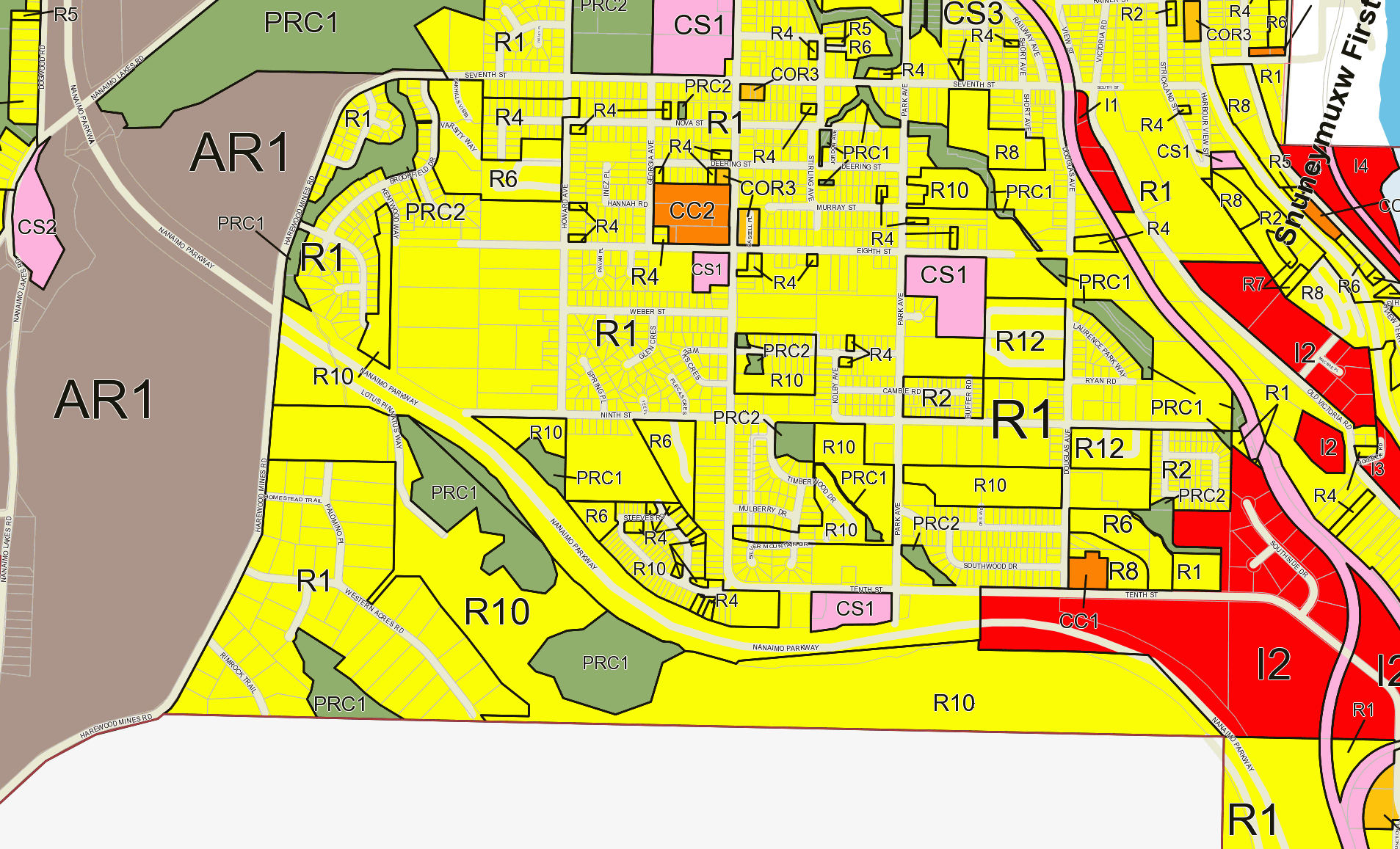



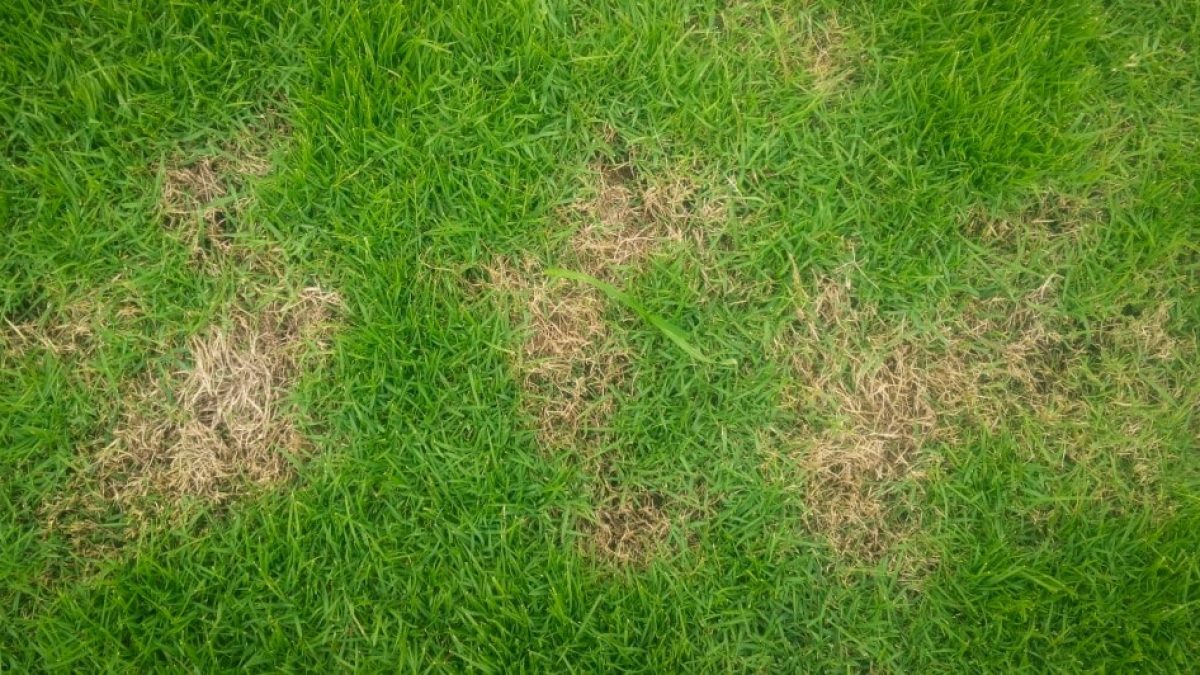
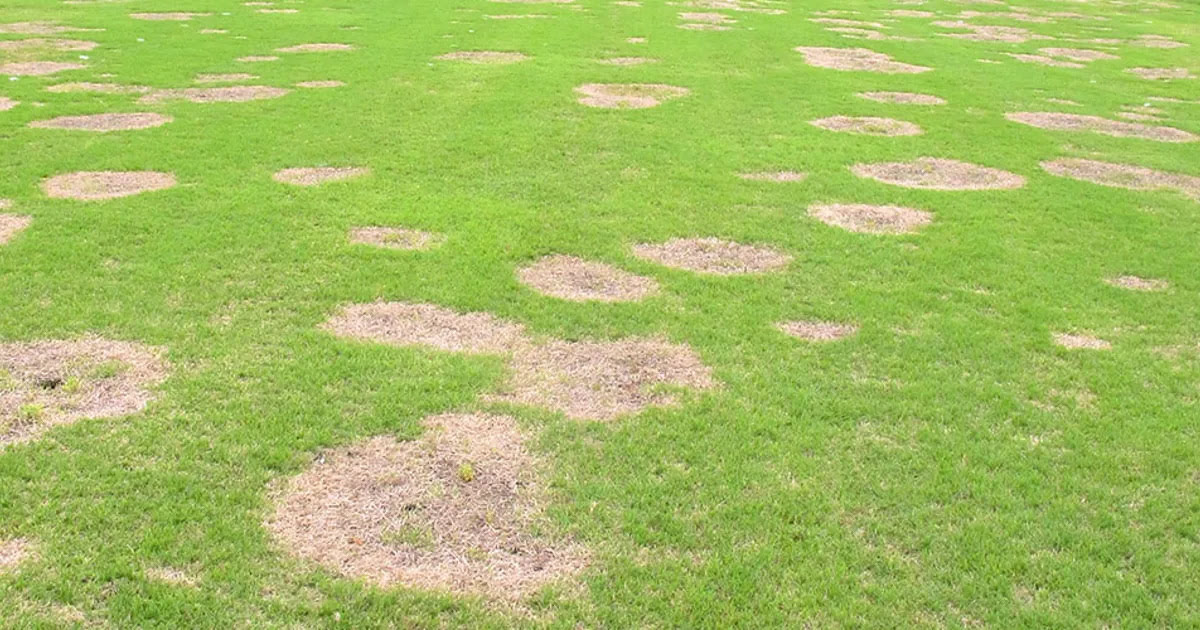
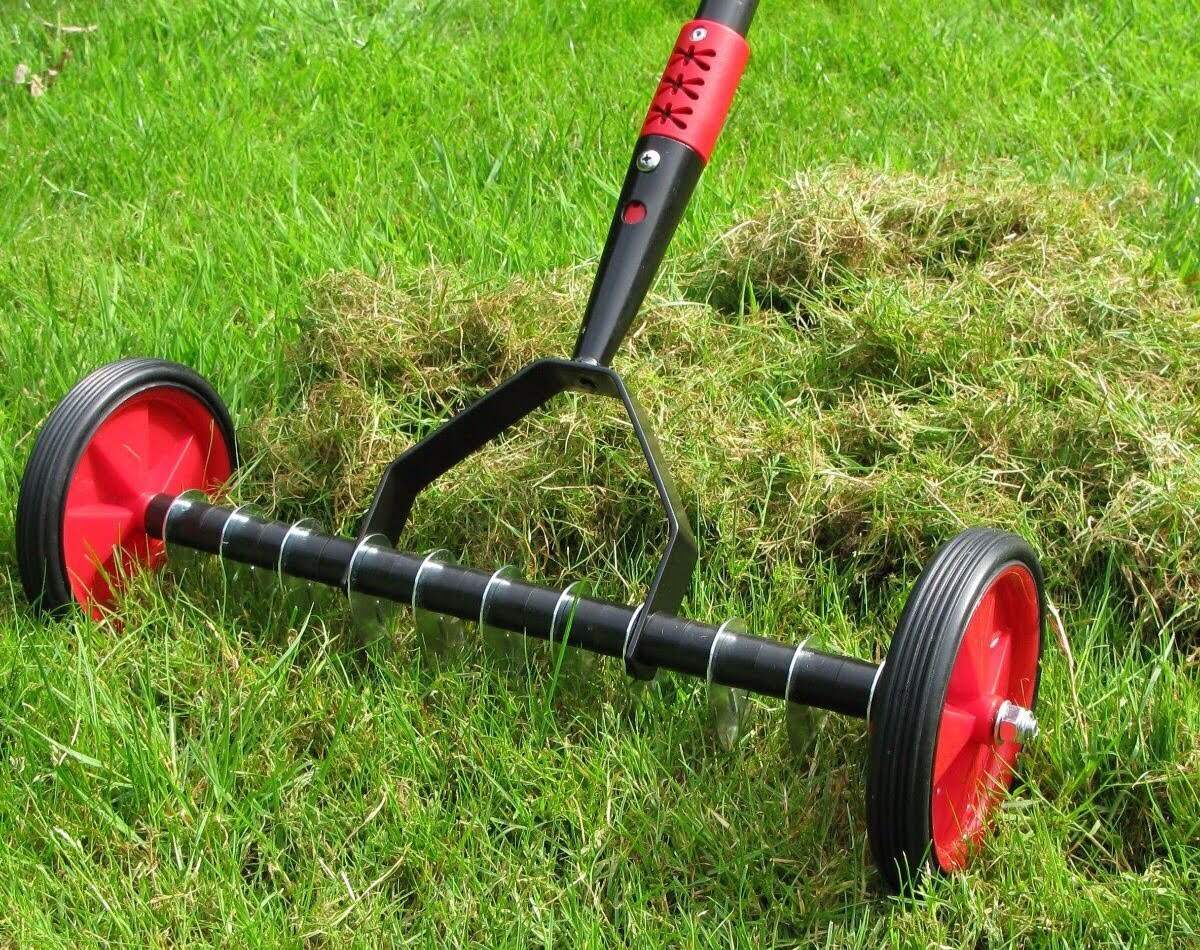
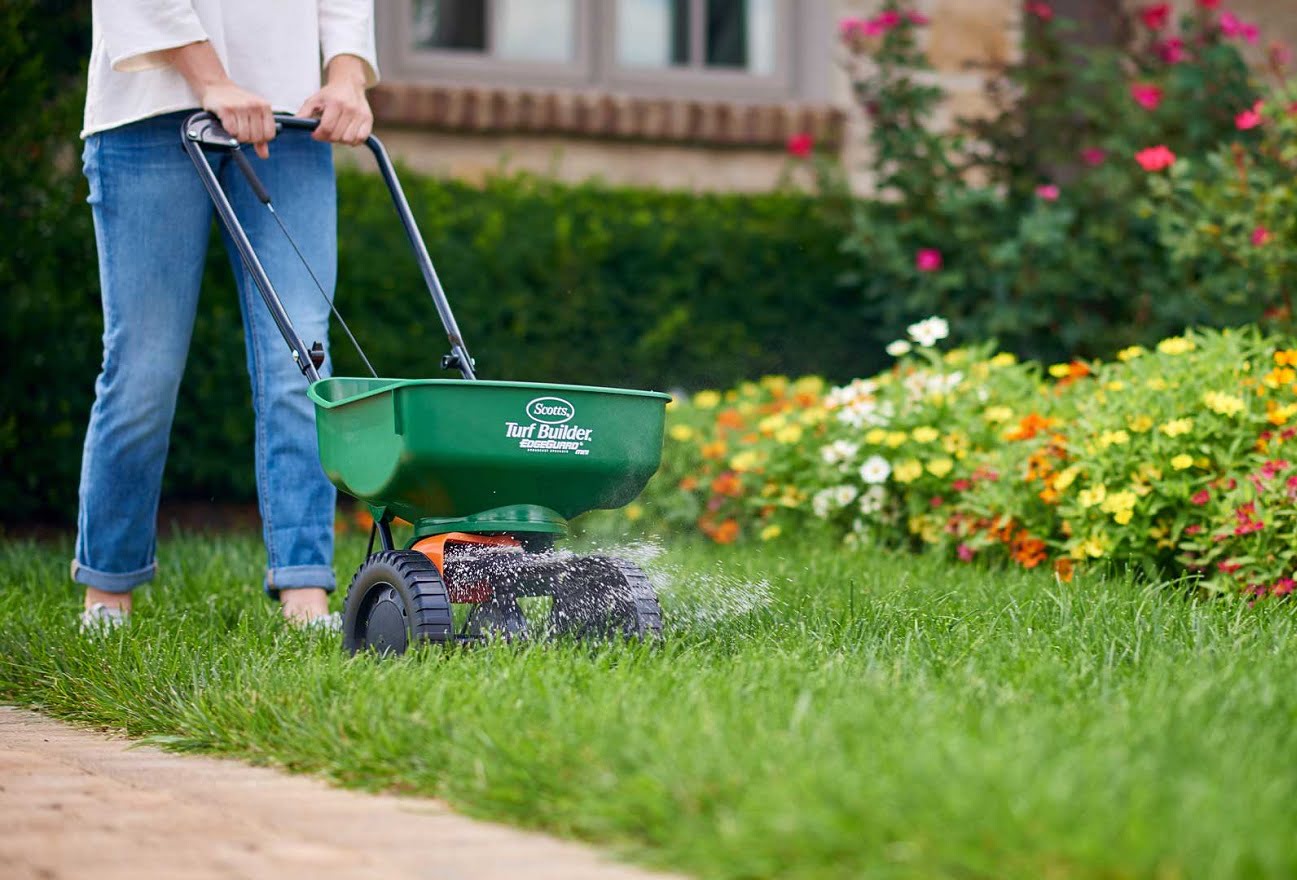
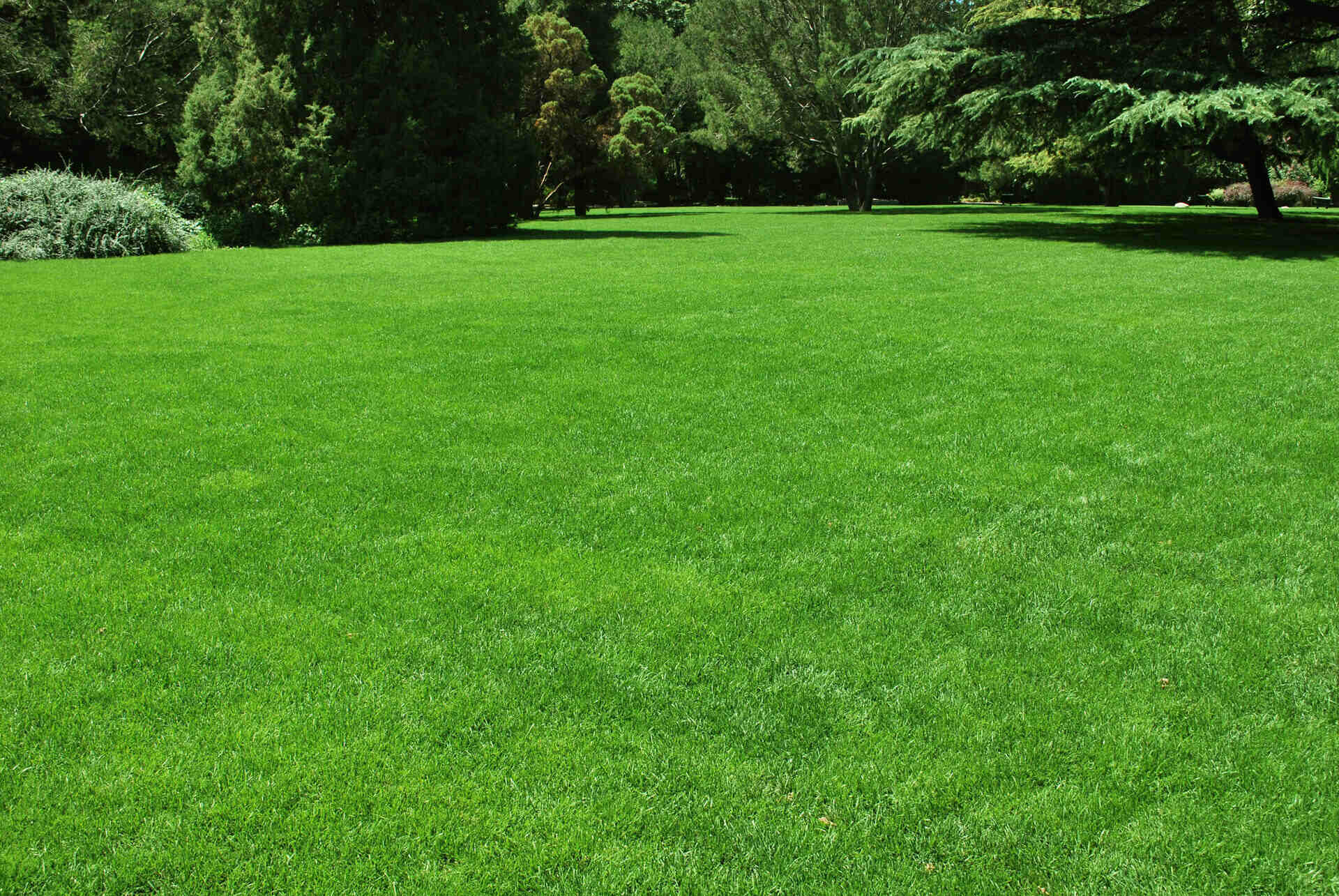
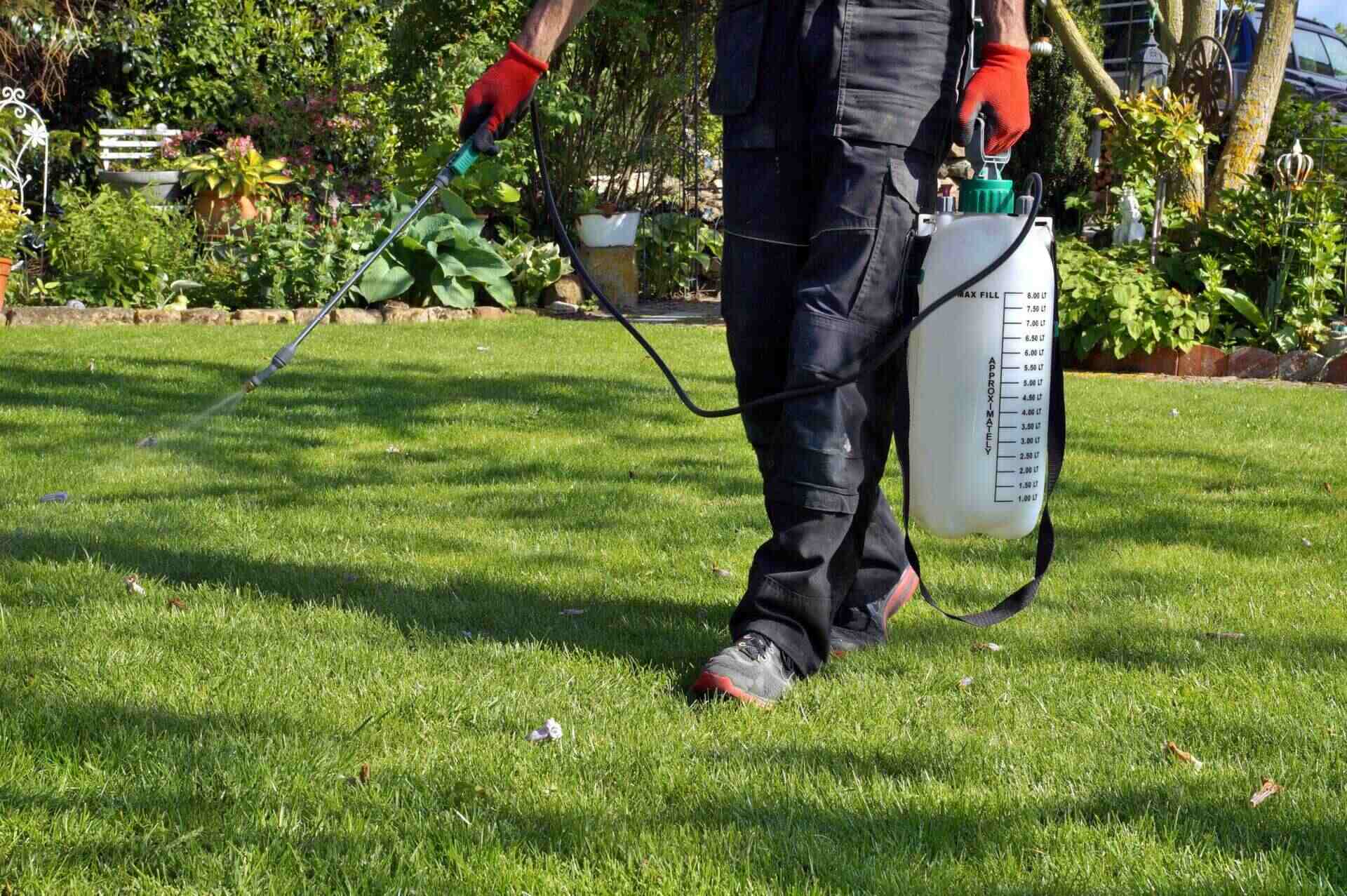
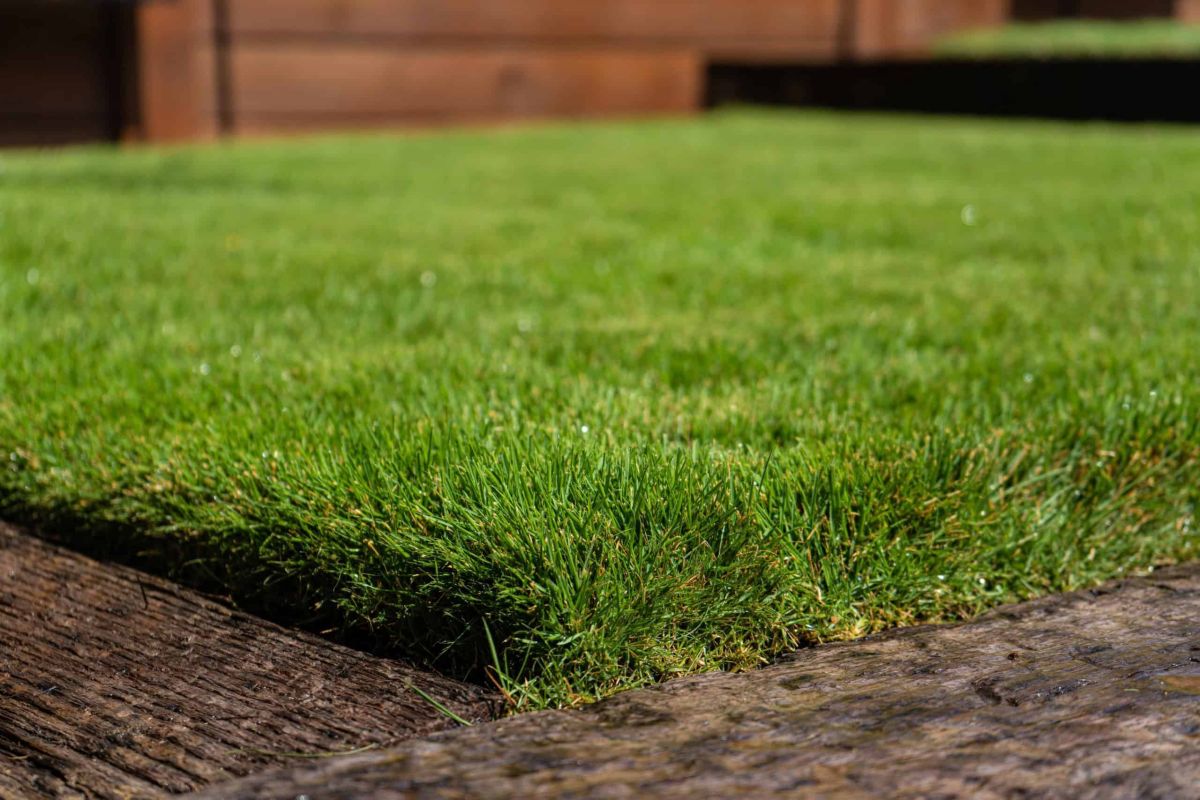
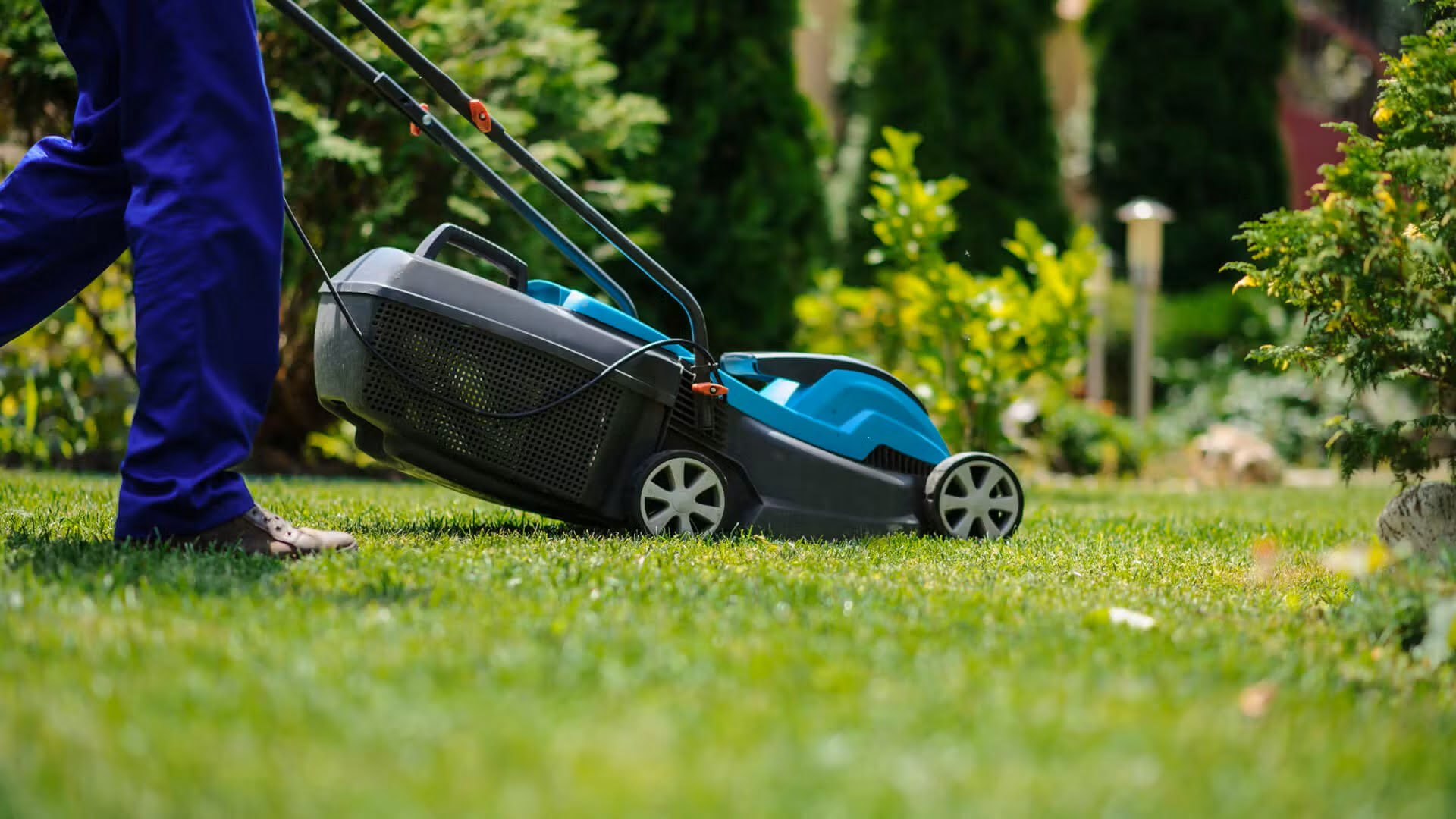
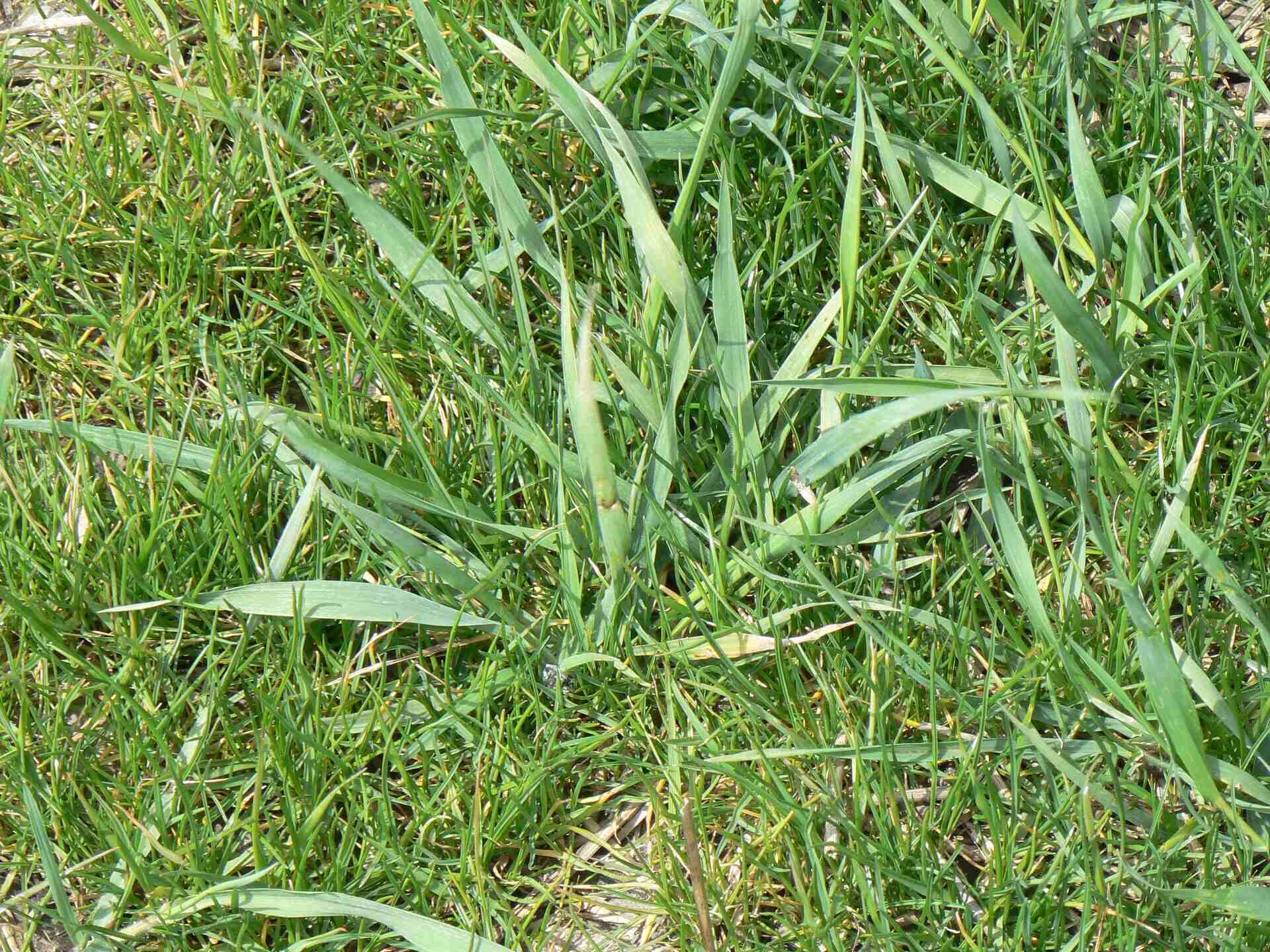
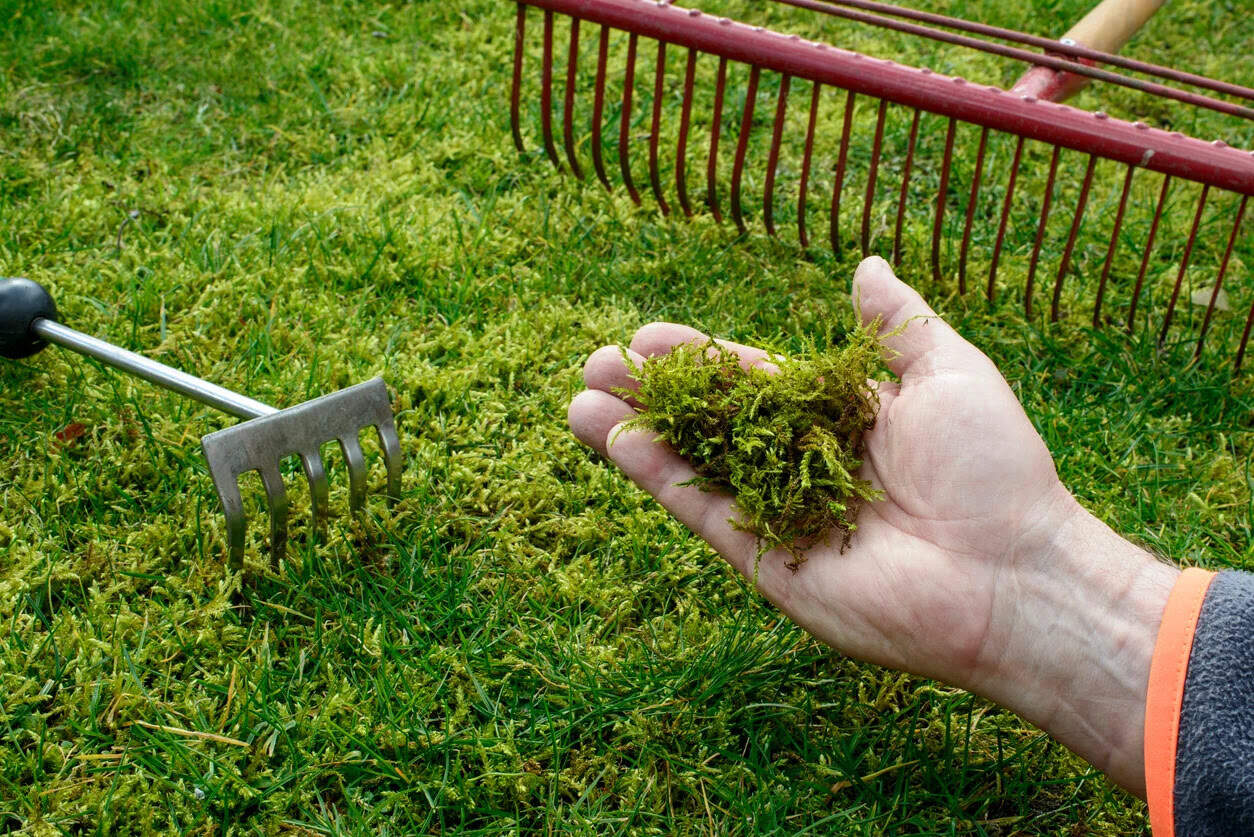

0 thoughts on “What Is Dollar Spot In Lawns”